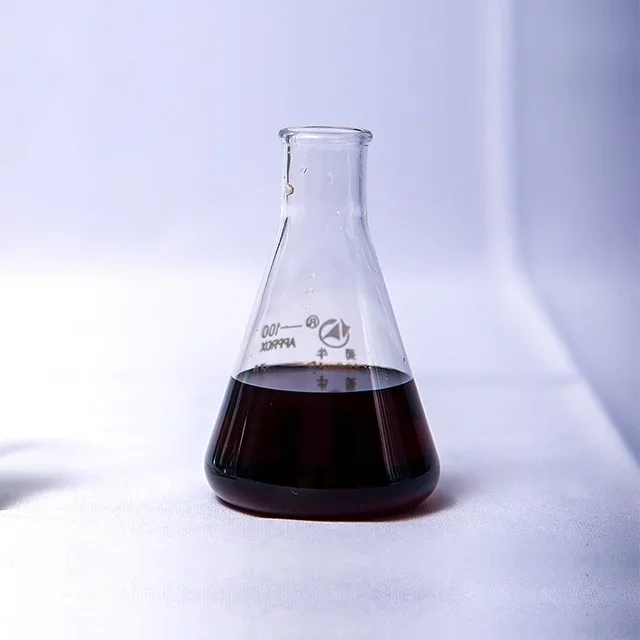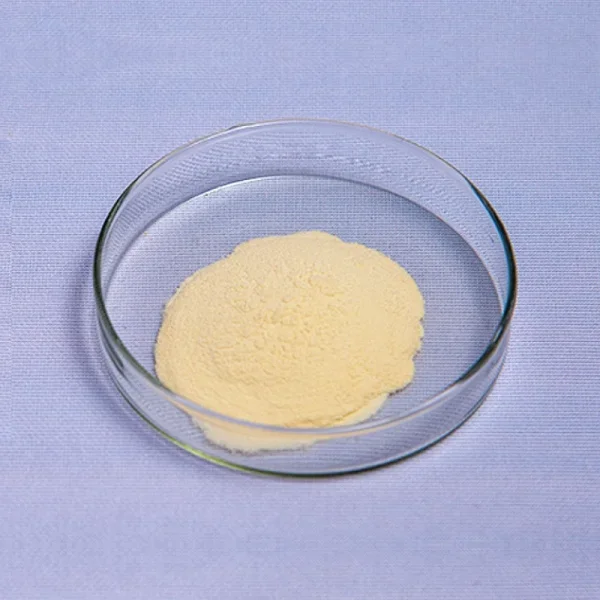In the world of agriculture, plant nutrition plays a vital role in the growth and development of crops. Providing the right balance of essential nutrients is crucial for optimal plant health and productivity. To address the complex nutritional needs of plants, Sempoll, a leading provider of agricultural solutions, offers hydrolyzed compound amino acids—a powerful tool in plant nutrition. In this blog, we will explore the benefits and applications of hydrolyzed compound amino acids, highlighting their role in promoting healthy plant growth and maximizing yield potential.
I. Understanding Hydrolyzed Compound Amino Acids
Hydrolyzed compound amino acids are organic substances derived from plant and animal proteins through a process called hydrolysis. During hydrolysis, complex proteins are broken down into smaller and more readily absorbable amino acids. Sempoll's hydrolyzed compound amino acids are carefully formulated to provide a balanced composition of essential amino acids, peptides, and organic nitrogen. This unique combination offers numerous benefits for plant nutrition.

II. The Role of Amino Acids in Plant Nutrition
A. Essential Building Blocks: Amino acids are the building blocks of proteins, enzymes, and other essential compounds in plants. They are involved in a wide range of physiological processes, including photosynthesis, nutrient uptake, hormone synthesis, and stress response. By providing plants with a readily available source of amino acids, hydrolyzed compound amino acids support these vital functions, promoting overall plant health and performance.
B. Efficiency in Nutrient Uptake: Hydrolyzed compound amino acids act as natural chelating agents, improving the availability and uptake of essential nutrients by plants. Chelation helps solubilize and transport nutrients, making them more accessible to plant roots. This ensures that crops have a sufficient supply of vital nutrients, even in challenging soil conditions. The improved nutrient uptake efficiency not only supports healthy plant growth but also reduces the risk of nutrient deficiencies and related yield losses.
C. Plant Defense Mechanisms: Amino acids play a significant role in plant defense mechanisms. They are involved in the synthesis of defense-related compounds, such as phytoalexins and pathogenesis-related proteins. Hydrolyzed compound amino acids stimulate the production of these compounds, enhancing the plant's ability to defend against pests, diseases, and environmental stressors. By bolstering the plant's immune system, hydrolyzed compound amino acids contribute to healthier and more resilient crops.
III. Benefits of Hydrolyzed Compound Amino Acids in Plant Nutrition
A. Improved Nutrient Uptake Efficiency: Hydrolyzed compound amino acids enhance the availability and uptake of essential nutrients, ensuring that plants have access to the nutrients they need for optimal growth. This increased nutrient uptake efficiency leads to improved nutrient utilization by plants, reducing wastage and maximizing the benefits of fertilizers and soil amendments. As a result, farmers can achieve higher yields while minimizing environmental impact.
B. Enhanced Root Development: Hydrolyzed compound amino acids promote root development and vigor. They stimulate root growth, increasing the surface area for nutrient absorption and water uptake. The improved root system allows plants to explore the soil more effectively, accessing nutrients and moisture from a larger volume of soil. This enhanced root development contributes to healthier plants with improved drought tolerance and nutrient efficiency.
C. Stress Tolerance and Resilience: Hydrolyzed compound amino acids play a crucial role in enhancing plant stress tolerance. They help plants withstand adverse environmental conditions, such as drought, heat, cold, and salinity. By stimulating the synthesis of stress-related proteins and osmoprotectants, hydrolyzed compound amino acids enable plants to cope with challenging situations. This resilience results in reduced yield losses and increased crop survival rates even under unfavorable conditions.
D. Enhanced Flowering and Fruit Development: Hydrolyzed compound amino acids promote flowering and fruit development in crops. They regulate plant hormones, such as auxins and cytokinins, which are essential for flower initiation, pollination, and fruit set. By providing a balanced supply of amino acids, hydrolyzed compound amino acids support the reproductive phase of plants, leading to improved fruit quality and yield.

IV. Sempoll's Commitment to Plant Nutrition
Sempoll is dedicated to providing innovative solutions for plant nutrition. Our hydrolyzed compound amino acids are meticulously developed to meet the specific needs of crops. Sempoll invests in research and development to continuously improve their products, ensuring maximum effectiveness and customer satisfaction. By incorporating hydrolyzed compound amino acids into our agricultural practices, farmers can optimize plant nutrition, enhance crop performance, and achieve sustainable and profitable agriculture.
V. Conclusion
Hydrolyzed compound amino acids offer a powerful solution for plant nutrition. With their role in providing essential building blocks, improving nutrient uptake efficiency, supporting plant defense mechanisms, and enhancing stress tolerance, hydrolyzed compound amino acids contribute to healthier, more productive crops. Sempoll's commitment to plant nutrition ensures that farmers have access to high-quality solutions for maximizing yield potential and achieving sustainable agriculture. By harnessing the powerof hydrolyzed compound amino acids in plant nutrition, farmers can foster healthy plant growth, increase crop yields, and promote sustainable and profitable agriculture. Sempoll's innovative products provide a natural and effective way to address the complex nutritional needs of plants, contributing to the long-term success of farmers worldwide.
